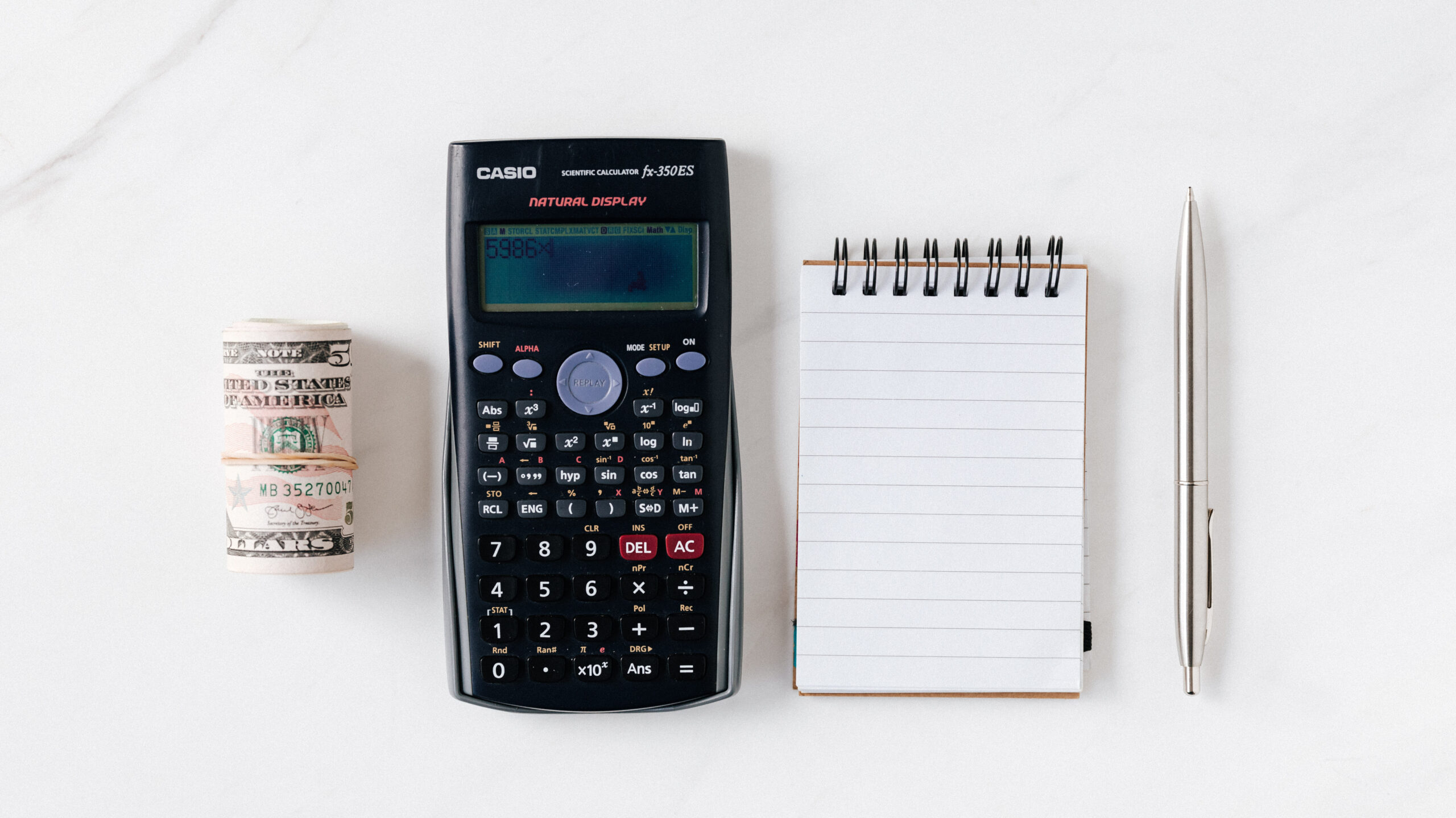
You have a financial goal now, and a plan to get there. You need to diligently do budgeting and track your finances on a regularly basis to make sure you are on track to achieve your financial goal. Typically a public company each quarter will publish its past quarter performance and share next quarter guidance; it tracks its finances to make sure its bottom line is healthy. Same thing for personal finance. Here is what I do in a 4-step tracking:
Step1: Build A Spreadsheet
- It should consists At Least ‘Balance Sheet’ & ‘Income Statement’.
Step2: Balance Sheet:
- It captures your assets (stocks, bonds, cash, SRS, CPF); I do not consider primary residential property as asset as it doesn’t generate any income.
- It should also capture your liabilities (mortgage, and other loans).
- Assets minus liability will tell you your net worth.
- You can track it on a regular basis (monthly, quarterly, or annually) to see how it changes. Does it grow as per your expectation, if not do you need to adjust your financial plan?
Step3: Income Statement:
- This should be tracked monthly.
- It captures your monthly income (salary, bonus, rental income, interests and dividends, other income), and your expenses.
- Income minus expense is your net earnings of the month. From there you can find out your saving rate. If you have a high saving rate, you can accumulate wealth faster. Set a saving rate target for yourself.
- As expense is a very important area, I usually put more focus there and break down the expenses into categories like housing, tax & insurance, non-discretionary, education, transport, leisure etc. So, it’s easier to see how much is spent on each category and at the end of the year you can even study if any category spending trends up or down. This helps you make conscious decision if you need to adjust your spending patterns.
Step4: Investment Portfolio:
- Another thing you should track is your overall investment portfolio.
- This consists of all your investment vehicles such as stocks (index funds, or individual stocks), bonds, CPF money (I consider CPF OA and SA as part of the ‘fixed deposit’ allocation), SRS funds invested, any other alternative investments you have (e.g. crypto, although I don’t invest in it as I don’t understand it well).
- You can track this in Google Sheets or Yahoo Finances (both are free) or some other portfolio management tools.
- This should NOT be monitored too frequently, as frequent checking on your investments will affect your emotions (stocks fluctuate with market sentiments) and might let you make wrong decisions to buy and sell. Plug yourself out of the market daily movement. I think one should only look at the investment portfolio once a quarter or a year to see its health and whether there is a need to do portfolio rebalancing.
现在你已经有了财务目标和计划。你需要勤奋地做盘点来检查你的财务状况以确定你在通向你财务目标的路上。上市公司每季度会公布其上季度的财务状况已经下季度的展望,确保公司运营健康。个人财务也是一样。我通常会做下面4步:
第一步:做一个电子表格
- 它要至少要包含“资产负债表”和“损益表”。
第二部:资产负债表:
- 它会包含你的资产(股票,债券,现金,SRS,公积金);我不认为你居住的房子是资产因为它没有给你带来固定收入。
- 它也会包含负债(贷款和其他借贷)。
- 资产减掉负债就是你的净资产。
- 你可以定期(每月,每季度,或是每年)关注你的资产负债怎么变化。你的净资产是在增长吗,如果没有达到预期是不是需要改进财务计划?
第三部:损益表:
- 这个表格应该每个月计算一次。
- 它会包含你的收入(工资,花红,租金收入,利息分红,和其他收入),以及你的开销。
- 收入减掉开销就是你的净收入。从这里你可以知道你的储蓄率。如果你你的储蓄率高,你会更快地积累财富。请给自己设定一个储蓄率的目标。
- 因为开销太重要了,我通常会更注重地把开销分类成:房屋,税务保险,必需品,教育,交通,娱乐等等。所以每年底可以清楚看到钱究竟花在了哪里,哪个类别开销增加或减少了。这会帮助你做清醒的决定是不是需要改变花费习惯。
第四部:投资组合:
- 另外一个需要盘点的是你的投资组合。
- 这里包含你的投资比如说股票(指数基金或是个股),债券,公积金(我认为公积金的OA SA是固定收益投资的一部分),投资的SRS,和其他你有的投资(比方说加密货币,尽管我不投资加密货币因为我不是很理解它)。
- 你可以用Google Sheets,Yahoo Finance(都是免费的)或是其他投资组合管理工具。
- 你不应该太过频繁地去盘点你的投资,因为频繁地关注会影响你的情绪(股票价格随市场波动),很可能你会做出错的决定去冲动买/卖。请远离市场平日波动。我觉得每季度或是每年盘点一次就好了,用来决定要不要调整你的投资组合。
#budgeting #financialfreedom
For other topics on financial intelligence, you can find it here https://nickandmoney.com/category/fi/
Follow me on Twitter: https://twitter.com/nickandmoney
nick and money – improve your finances and wellbeing